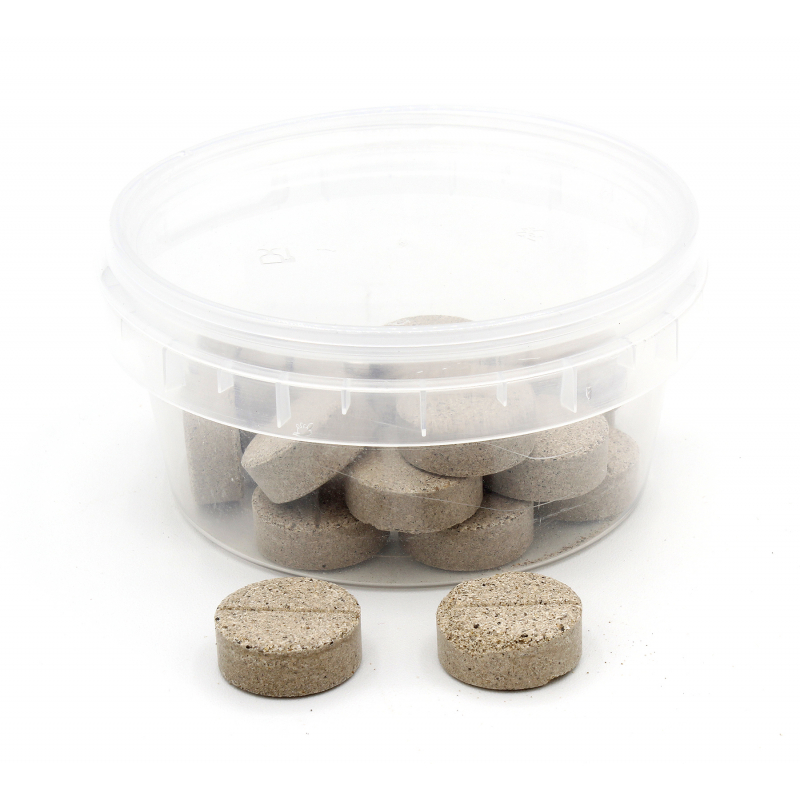



Ecto-mycorrhizae, ready to use in root contact
The word mycorrhiza literally means fungus-root. It is a symbiosis, which means that the association is beneficial to both organisms. This last consideration clearly separates mycorrhizae from other relationships between fungi and plants (pathogens, parasites, commensalists...).
Ectomycorrhizae, which are more frequent on tree roots, and which significantly modify their branching. In the latest censuses there are more than 2,900 species of vascular plants that form ectomycorrhizae. Among others, 95 % of pinaceae (pine, spruce, fir, Douglas fir, larch...), 94 % of fagaceae (beech, holm oak, oak, hazel, chestnut...), 90 % of myrtaceae (eucalyptus), 83 % of salicaceae (willow, poplar, black poplar...), 70 % of betulaceae (willow, poplar, black poplar...), 70 % of betulaceae (beech, oak, oak, hazel, chestnut...), 90 % of myrtaceae (eucalyptus), 83 % of salicaceae (willow, poplar, black poplar...), 70 % of betulaceae (betulaceae). ) 70% of betulaceae (birches), many ulmaceae (elms), aceraceae (maples), juglandaceae (walnuts), cistaceae (rockroses, helianthus...) In other words, practically all trees (95%) and many shrubs of forest interest in the temperate forests of the Northern Hemisphere, including Mediterranean forests, form ectomycorrhizae.
The physiology of the mycorrhised plant changes completely when associated with the fungus. Through the external mycelium, the contact between the roots and the medium is considerably increased.
One centimetre of roots WITHOUT mycorrhizae explores 1-2 cm3 of soil; WITH mycorrhizae it increases 5-200 times.
Normally, the volume of soil colonised by the mycorrhizal inoculum is 12-15 cm3 (exceptionally up to 200 cm3).
As the volume of soil explored by mycorrhizae increases, the efficiency of nutrient uptake from the soil increases. Mycorrhizae extract phosphorus from the available pool but indirectly affect the solubilisation and mineralisation processes. Other effects produced by mycorrhizae include an increase in the mycorrhizal plant's resistance to water stress and salinity, an increase in resistance and/or tolerance to certain soil pathogens, an increase in transplant survival and an increase in nitrogen fixation in leguminous plants. In conclusion, it can be said that the benefits of early inoculation with mycorrhizal fungi have an impact on a reduction in the use of fertilisers and phytosanitary products, a saving in water supply, greater growth and production of mycorrhizal plants, greater survival under stressful conditions and better use of the soil.